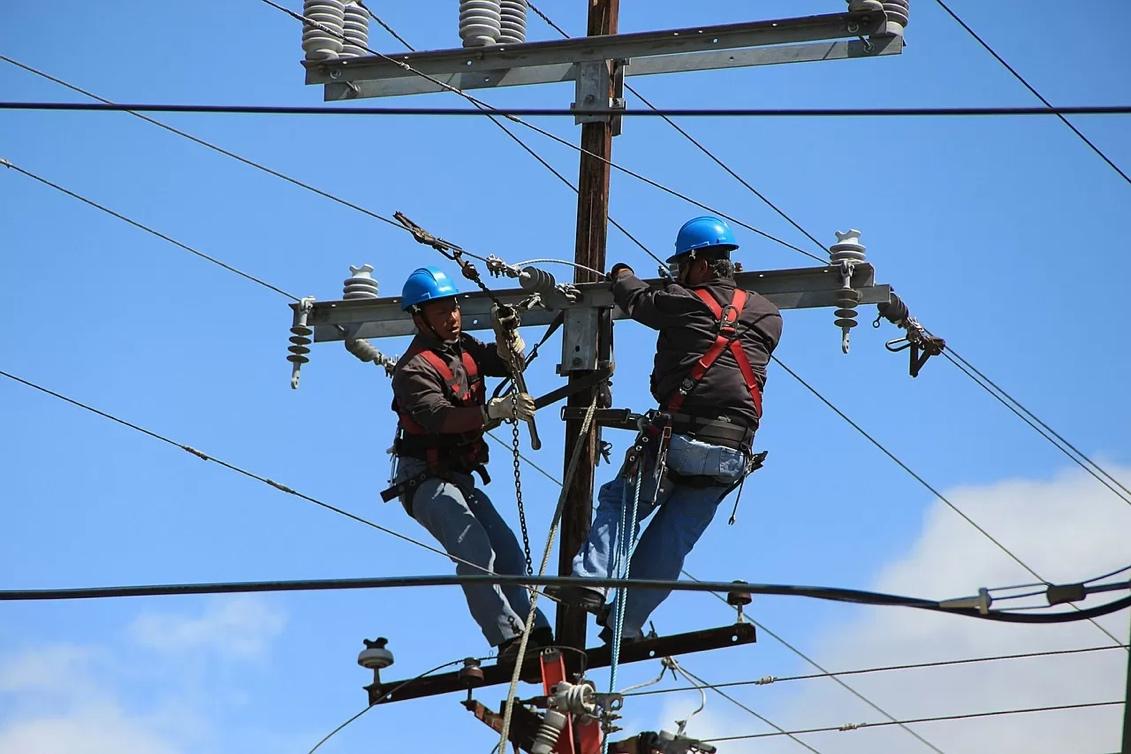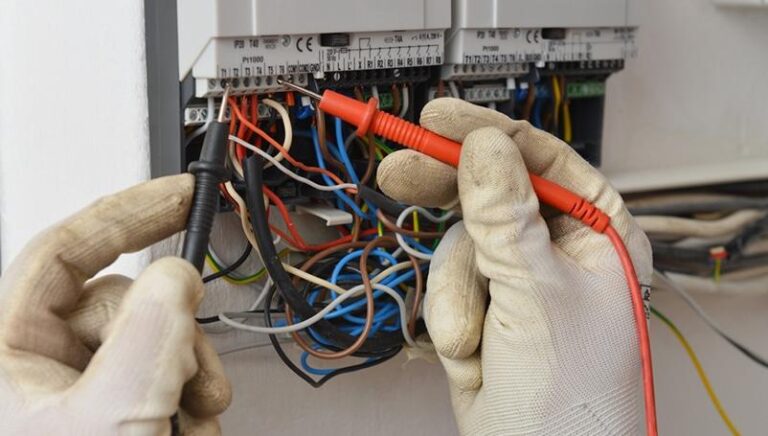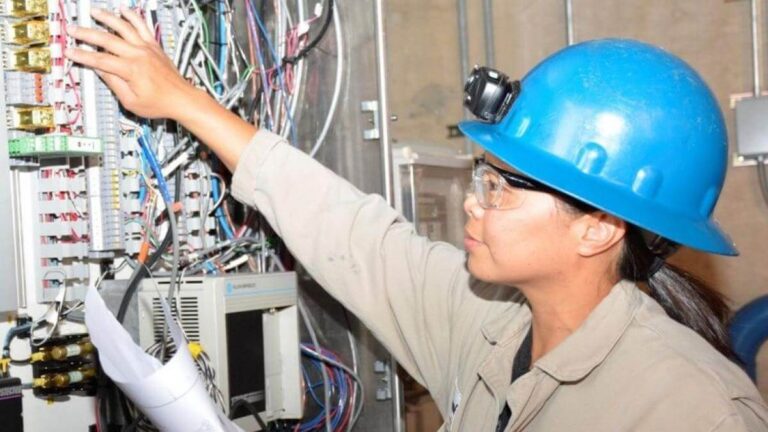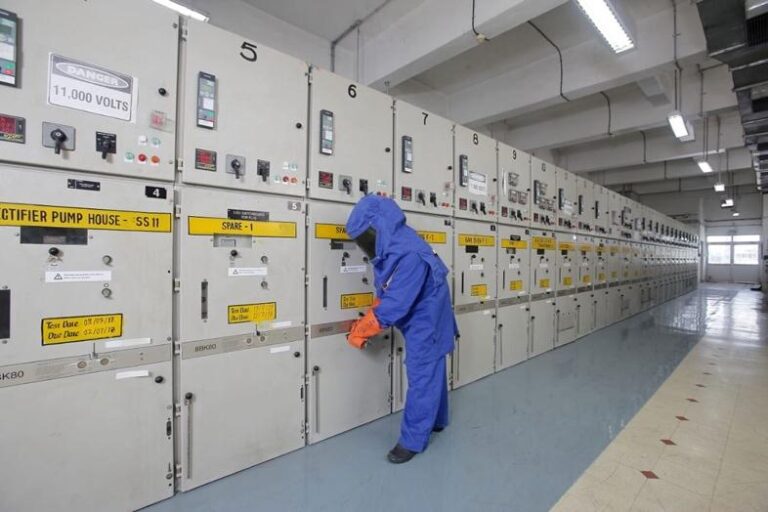Low-running overhead service cables are essential components in the delivery of electricity to residential, commercial, and industrial properties. These cables are suspended between power poles and buildings, ensuring the safe and efficient transmission of power. Unlike underground cables, overhead service cables are visible and offer distinct advantages in terms of cost, maintenance, and installation. Low-running overhead service cables refer to those installed at a relatively lower height, providing an efficient solution in areas where space is limited or where underground cabling is impractical.
Advantages of Low-Running Overhead Service Cables
Low-running overhead service cables present several benefits that make them a popular choice for electrical installations, especially in residential and semi-rural areas. One of the key advantages is the cost. Compared to underground cabling, overhead cables are significantly cheaper to install and maintain. They require fewer resources and less labour, making them an economically viable option for both individual homes and large infrastructure projects.
Another important benefit is accessibility. Because these cables are installed at a lower height, they are easier to access for maintenance and repairs. This is especially valuable during emergencies, where quick response times are critical. Technicians can quickly locate and fix faults without needing to dig into the ground, reducing downtime for customers and lowering the costs associated with repairs.
Low-running overhead service cables also offer flexibility. They can be easily adjusted, extended, or rerouted if necessary. This is particularly useful in areas undergoing rapid development or where future expansions are anticipated. Additionally, the ability to string cables between poles without complex underground excavation means they can be installed in various types of terrain, including rocky, swampy, or densely wooded areas where digging is difficult or costly.
Safety Considerations
Despite their advantages, low-running overhead service cables do present certain safety challenges. Being exposed to the elements, these cables are more vulnerable to damage from severe weather conditions such as storms, high winds, and lightning. Falling tree branches, wildlife, and vehicular accidents can also pose a risk to overhead cables. However, modern materials and technology have significantly improved the durability and safety of these cables, making them more resistant to environmental hazards.
Moreover, the installation of low-running overhead service cables must comply with strict safety regulations in Australia. Clearances from structures, roads, and other utilities are calculated to ensure that the cables are safely out of reach of people and vehicles. These clearances also prevent interference with other utilities, such as telecommunications or water services. Regular inspections and maintenance are necessary to ensure the integrity of the cables and reduce the risk of electrical hazards.
Environmental and Aesthetic Impact
One of the drawbacks often cited regarding overhead service cables, including low-running varieties, is their impact on the landscape. Some homeowners and property developers consider them an eyesore, as they can detract from the visual appeal of an area. However, in regions where underground cabling is not an option due to cost or geographical challenges, overhead cables remain the best alternative.
Environmentally, overhead service cables have a lighter impact compared to underground installations, which can disrupt soil and natural habitats. Overhead systems minimise ground disturbance and are often the preferred choice in rural or semi-rural areas where preserving the natural landscape is a priority

















